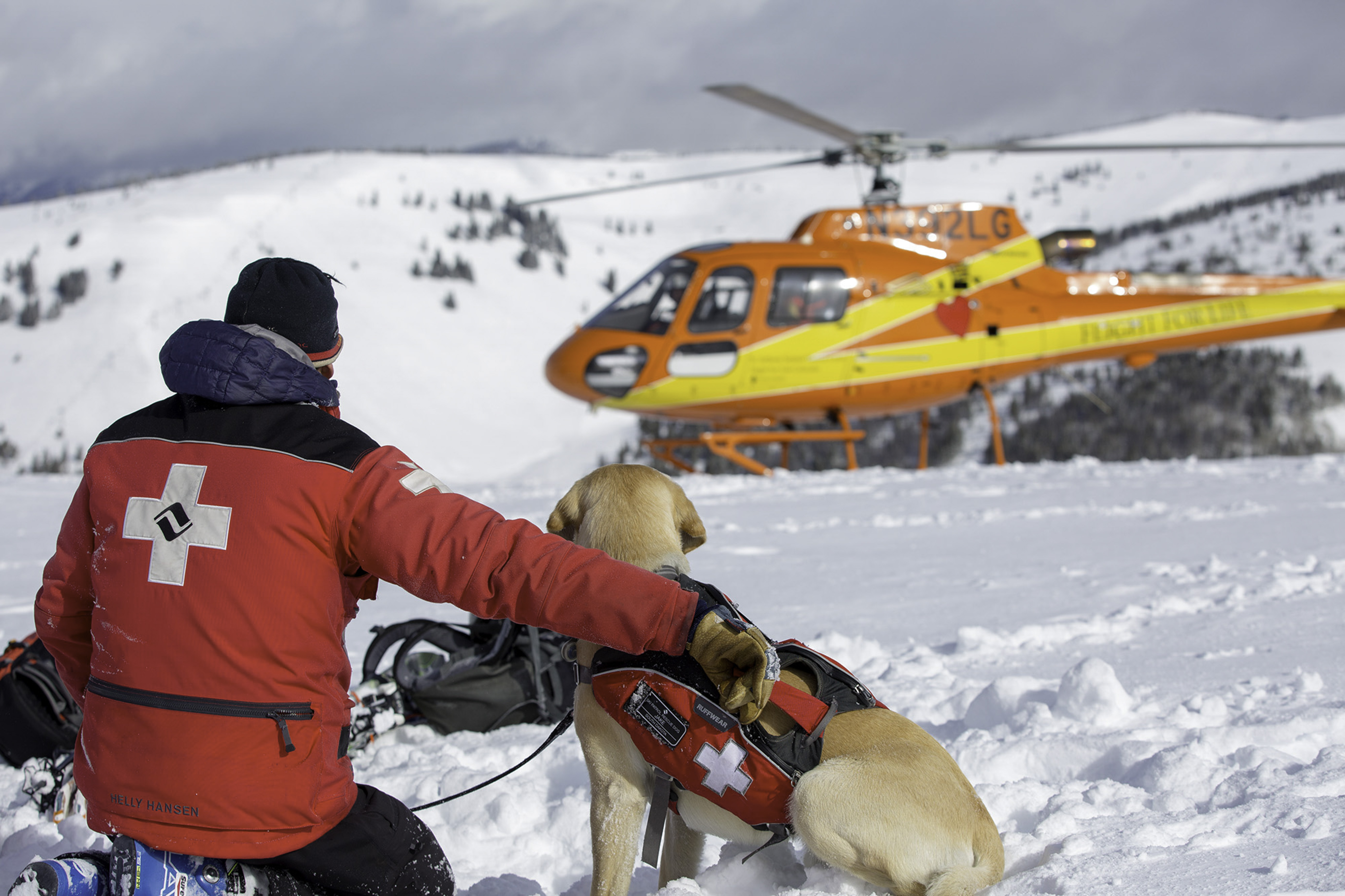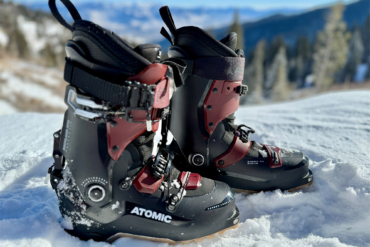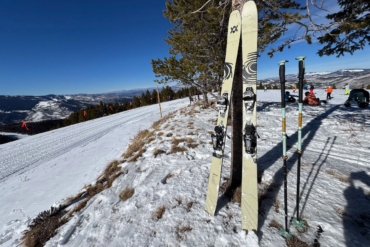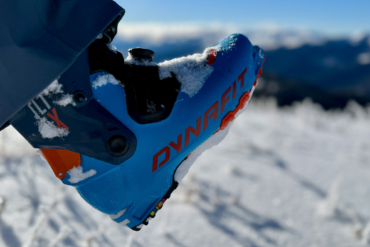By STEPHEN KRCMAR
Most snowboards take a few runs to figure out. Burton’s recently released Custom V-Rocker? Last spring, in the midst of testing several new boards for an article, I scrawled something in my notes to the effect of “Getting used to this board is about as difficult as getting used to a warm bath filled with nymphs.”
All righty, then.
Utilizing Burton’s venerable Custom deck — arguably the best one-board quiver out there — the V-Rocker this season adds new rocker, or reverse-camber, technology. Burton was late to the reverse-camber game, not releasing its first model until last season. That was years after Lib Tech brought the technology mainstream.

But with the Custom deck, the first name in snowboarding has finally got a great handle on reverse camber, which essentially means the board, when flat on the ground, is bowed up from the edges of the deck like a “U.”
The advantages to reverse camber include more float in powder and forgiveness that means it’s close to impossible to catch an edge. And most advocates will even say that they feel more “fun.”
After putting more than 10 days on the board at a resort, I found the V-Rocker predictable (in the best sort of way), consistent and fun in conditions ranging from pow to spring snow and crusty stuff. And the twin flex, directional deck felt better switch than any deck I’ve ridden of late. It had pop, to boot.
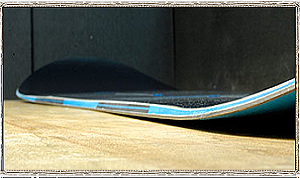
Like most rocker boards, the V-Rocker rides looser than traditional camber decks. It’s likely the non-rockered Custom — which was originally released in 1996 with its sister model, the Feelgood — will be around for a while for riders who prefer traditionally-cambered decks.
A single potential drawback to the V-Rocker? Burton’s Channel system, found on just about any Burton deck over $400, requires riders to use Burton’s proprietary bindings. Last year, boards without that technology were $50 less than the same model drilled for standard bindings, which was like asking you to not only drink the proverbial Kool-Aid, but pay extra for the privilege of using an unproven cup.
This year, there’s no choice — the $580 V-Rocker deck is only available with the Channel system. Although I didn’t have any problems with the system, some critics say the Channel adversely affects the flex of the deck.
All in all, the V-Rocker is a great deck. It would only be better if the company enabled non-Burton binding choices. I think my imaginary bath nymphs would agree. www.burton.com
—Stephen Krcmar lives in Mammoth, Calif. His article on the best boards of 2010 will appear in the November issue of Men’s Journal magazine.
